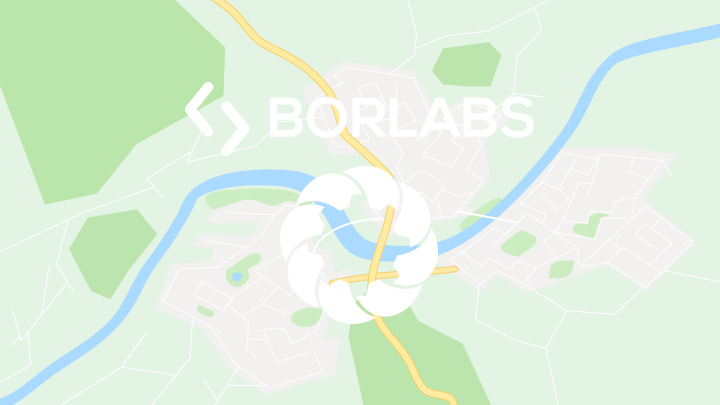Operating system data is the info that runs the software of the computer. This handles everything from turning the device up on shutting this off and it is responsible for ensuring that applications can run efficiently without end user interference with all the hardware.
To perform all these functions, it uses info structures to regulate CPU time and memory space. Without an OS, in case you wanted to send a document to a printer, for example , every application would need to use its code to communicate with the printer. The OS provides an impressive common software for program programs to use simply by installing and operating drivers for those input and output equipment connected to your pc.
It also handles memory by deciding just how much memory gets allocated to each program and tracking if the memory is definitely freed up or employed. The system even offers queues to keep track of what procedures are currently waiting, willing to be began or terminated, or previously executing. These types of queues are being used by OS to schedule operations in a selected order.
The most critical function of the OPERATING SYSTEM is ensuring that different programs can use the same hardware assets (CPU www.myopendatablog.com/what-if-your-nintendo-switch-stops-turning-on/ time, storage and disc space) simultaneously and do not affect each other. This is often achieved by by using a multiprogramming version, which allocates processor resources to several applications in an efficient fashion and knobs between these kinds of tasks in the right time. In addition, it tracks tool usage, giving system facilitators a bird’s eye look at of the proceedings with the machine.

